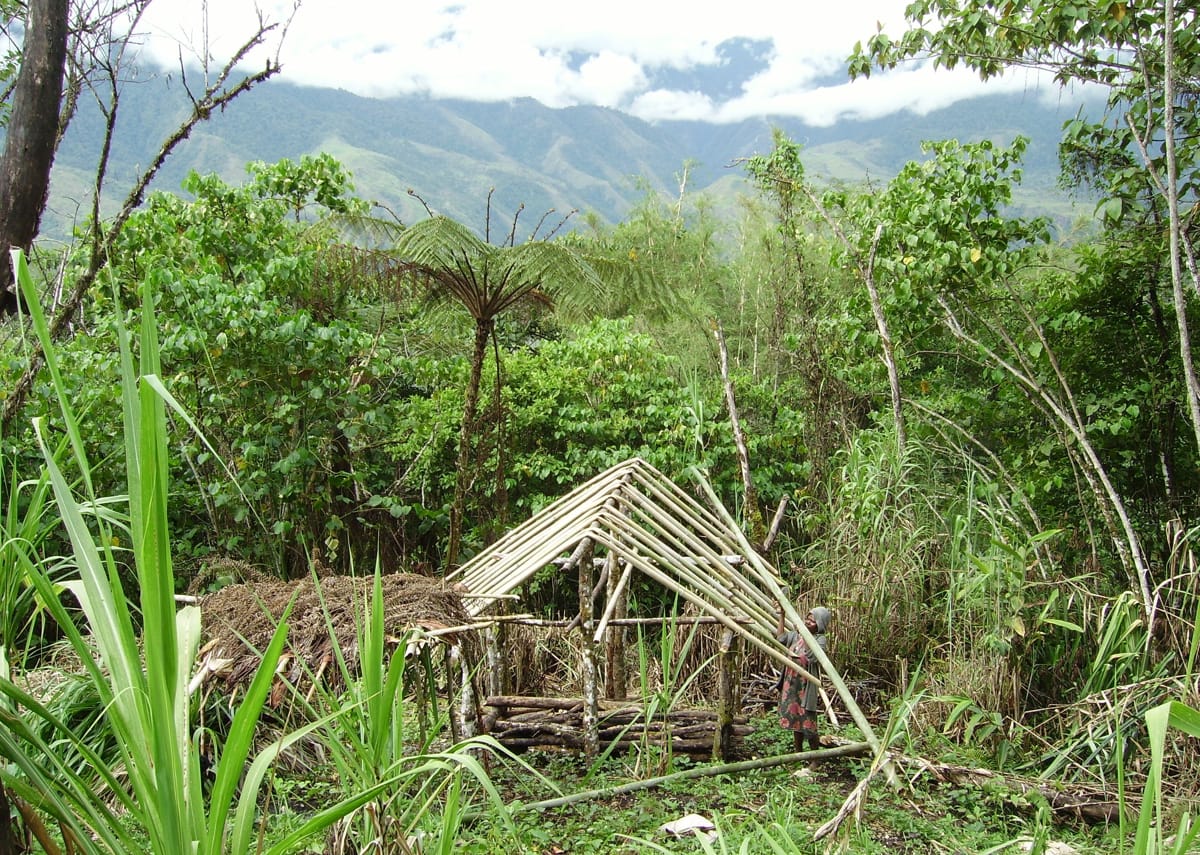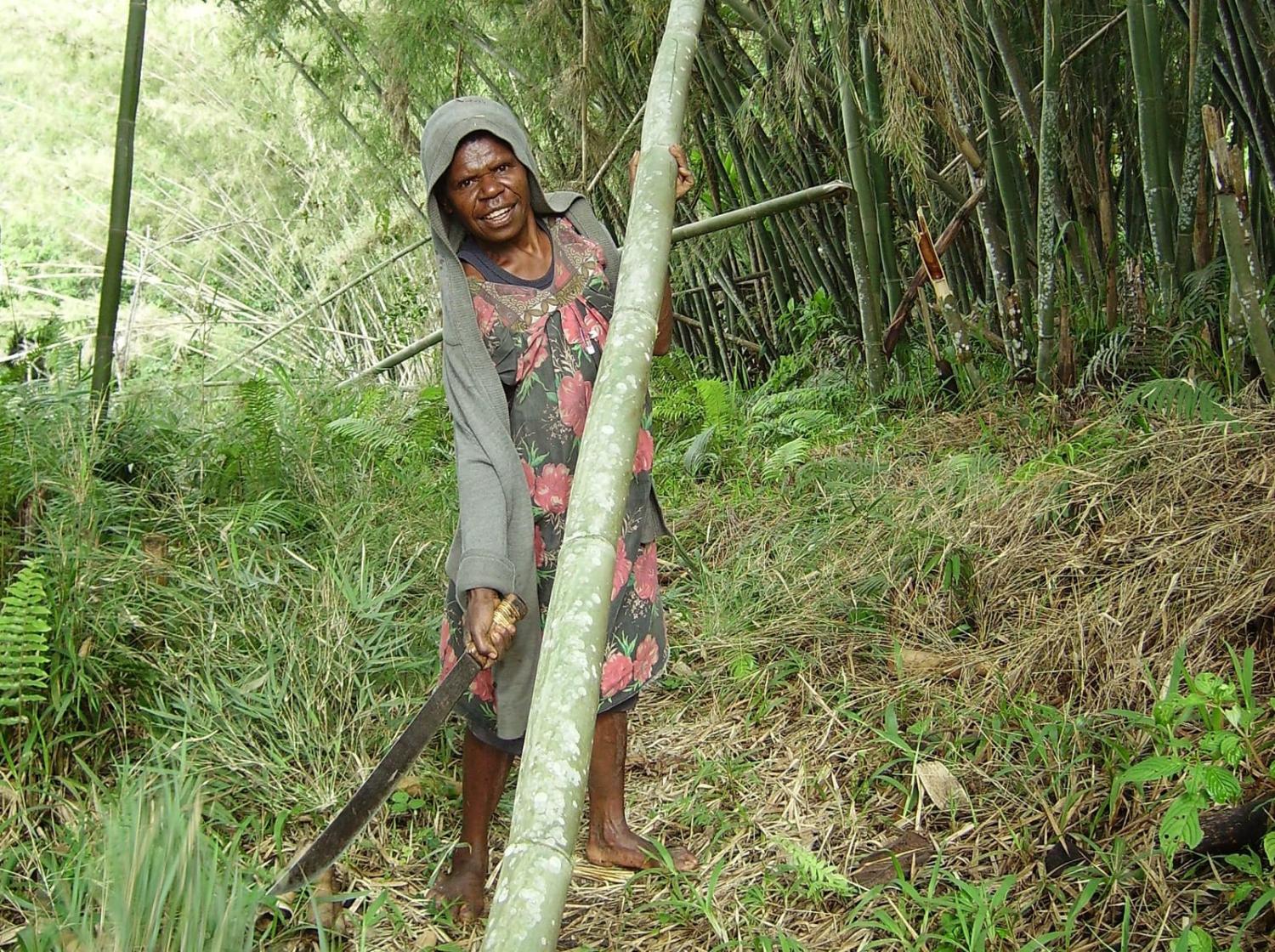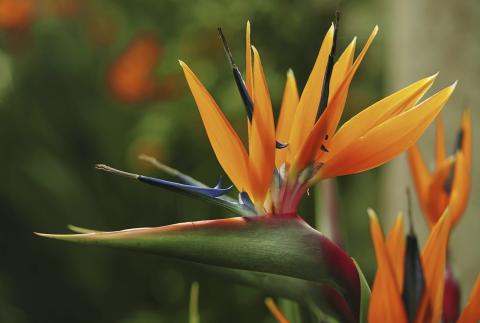During a summer break, The Interpreter will feature selected articles each day from throughout the past year. Normal publishing will resume 15 January, 2024. This article first appeared on 13 February, 2023.
Australian politicians like to speak of “our Pacific family.” But what brother or sister can’t speak the languages of their siblings? Australian schoolchildren can study Chinese, Japanese, and Indonesian, but not a single language of our closest neighbour, Papua New Guinea.
Australians could become true family in the PNG sense, wantoks (literally, “speaker of the same language” = classificatory family), by committing to learning PNG languages and cultures. Imagine if all Australian foreign service members in PNG underwent a village homestay, complete with intensive tutelage in languages such as Enga, Manambu, or Nungon, and were adopted into local clans? This would create lifelong bonds between the Australians and their new wantoks.
Beyond government workers, everyone who does research or development work in PNG should be mindful that one of PNG’s national treasures is its 600–800 languages, the most of any country in the world. PNG is home to over 10 per cent of the world’s languages, many of them spoken by fewer than 10,000 people.
PNG’s linguistic diversity can be seen in the southern Uruwa area in the Saruwaged Mountains, Morobe Province, where I have studied the local language, Nungon, since 2011. Each of six villages there has its own dialect, with distinct sounds and vocabulary. A two-hour walk north brings you to another set of villages, again with their own dialects. After a hike of several more hours, you meet people speaking wholly different languages.
Colleagues and I recently used eye-tracking to show that a feature of Nungon leads speakers to plan their speech up to three times farther in advance than English speakers are known to do. Our exploration of the cognitive ramifications of this feature, found in hundreds of other Papuan languages, is just beginning.
PNG also houses immense cultural diversity. A few days’ hike from the Uruwa villages lies a region of 15,000 people who call each other by wordless melodies, each unique to an individual. Anthropologist James Slotta of the University of Texas recalled showing children there a photo of a local preschool class. The children burst into song, each singing the “name tunes” of children in the photograph. These name tunes, used by the Yupno, Nankina and Domung groups, have echoes in drum and naming systems elsewhere in PNG.
Our recent modelling projected a dire future for PNG’s languages. Fewer than 30 per cent of the next generation of secondary students may speak an Indigenous language of PNG, compared with 91 per cent of today’s students’ parents. The sheer remoteness of communities like the Uruwa has protected their languages thus far. One recent escapade illustrates what “remote” means here. Several Uruwa men purchased a cow for a feast, to be shipped by sea to the Bismarck Sea coastline, a day’s hike from their village. When they tried to get the cow to walk away from the beach, it balked. So they bound the cow’s legs to its body with vines, hoisted it on their shoulders, and carried it 26 kilometres up the mountain to their village (at 1500 metres elevation). At one point, one man recalled, he wept from exhaustion – and he was pretty sure the cow was crying, too.

As these communities become more accessible, what will become of their language and culture? There is no reason that the local language cannot be maintained alongside the national lingua franca, Tok Pisin, but communities must see value in passing on their heritage language. Outsiders can help promote the worth of local languages, but they can also unwittingly do the opposite, by disregarding the local language.
In PNG, the outsiders most supportive of local languages have been Christian missionary organisations. The Lutheran church, SIL, and others have long realised the importance of engaging with communities in their own “heart languages.” The broader development sphere, however, continues to fund English-language workshops and pamphlets in the hinterlands, where many don’t speak or read Tok Pisin, let alone English. For two conservation areas established by outsiders, extensive discussions with communities apparently involved no attempt to translate the key English term, “conservation,” into local languages. Eventually, the English “conservation” was adopted into local parlance – but not with the same meaning. In these languages, “conservation” often refers specifically to governance of the conservation area. Cultural practices, like the extraordinary Yupno name tunes, may also be overlooked in such work.
Historically, community leaders themselves may have helped propagate these failures to translate into local languages and to celebrate cultural heritages. Like politicians everywhere, some may think they sound more impressive when using long foreign words, without caring whether others understand. (The phrase “land-use planning workshop” should be easy to translate into PNG languages – locals have 6500 years of agricultural experience, and probably domesticated both sugar cane and bananas –but maybe the English term also evokes external funding.)
Conducting activities in remote PNG through local languages yields several benefits.
First, this makes participation in the project possible for all community members, even those with limited knowledge of Tok Pisin or English, such as the elderly, uneducated, and women.
Second, it ensures that rich information is collected, exactly as people conceive of it, with maximum eloquence. This is how we obtained fascinating perspectives from remote villagers in the Whitlam Institute’s 2022 PNG Voices report.
Third, it elevates the status of the local language in the eyes of the community: outsiders value their language enough to translate into it, and their language is viable as a vehicle for research. For people such as the Uruwa, who are used to being denigrated as “wild boars” for their remoteness and lack of education, this means a lot.
Many communities are concerned about potential loss of their language, a major aspect of their identity. Some 88 per cent of high school students want to pass on Indigenous PNG languages to their children. Communities and outsiders must carefully choose the languages of research and development work, and plan for each project’s potential impact on local language maintenance.
Overall, respectful communication in the Pacific would benefit from Australian attention to the languages of our “family.”

